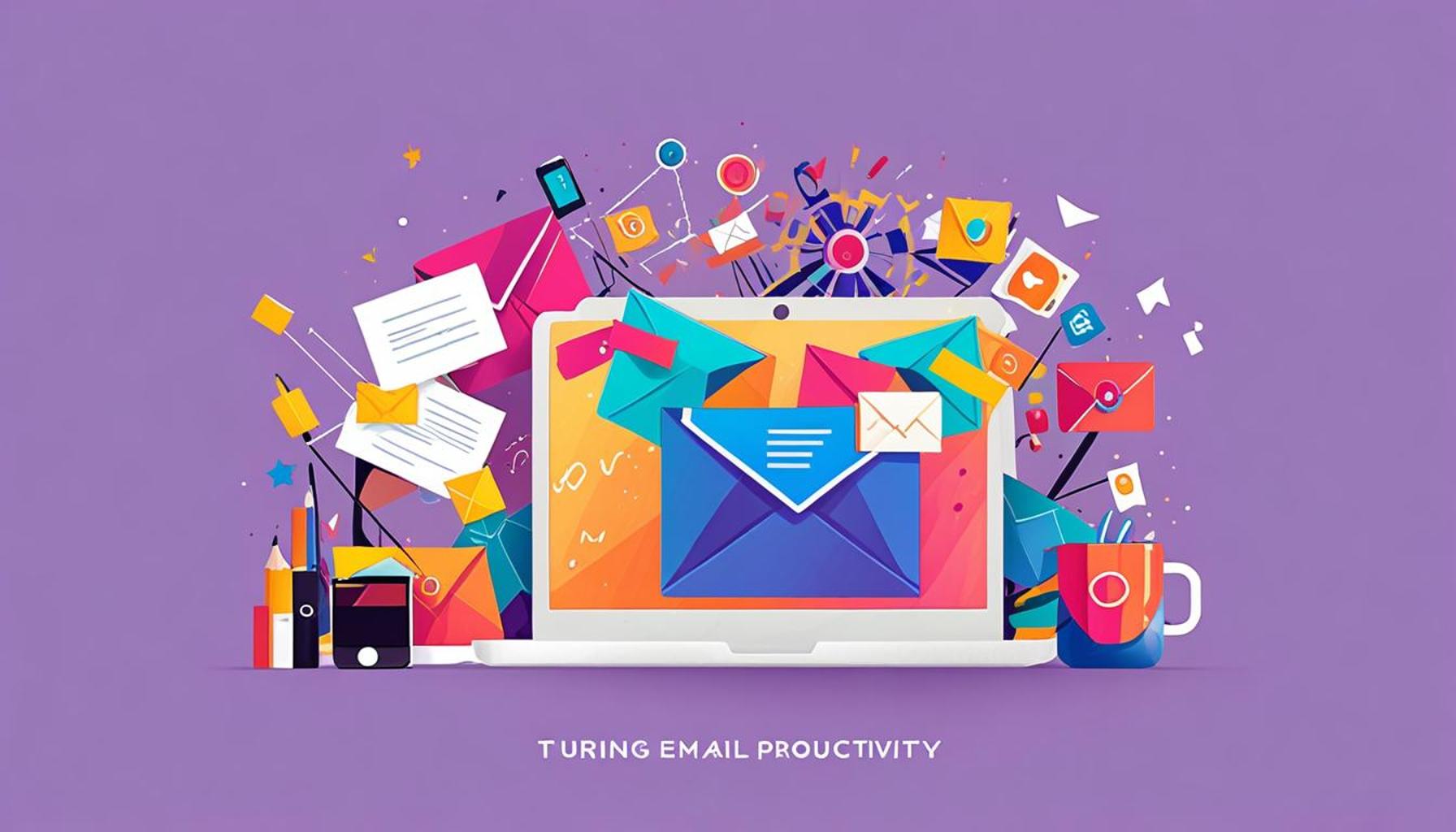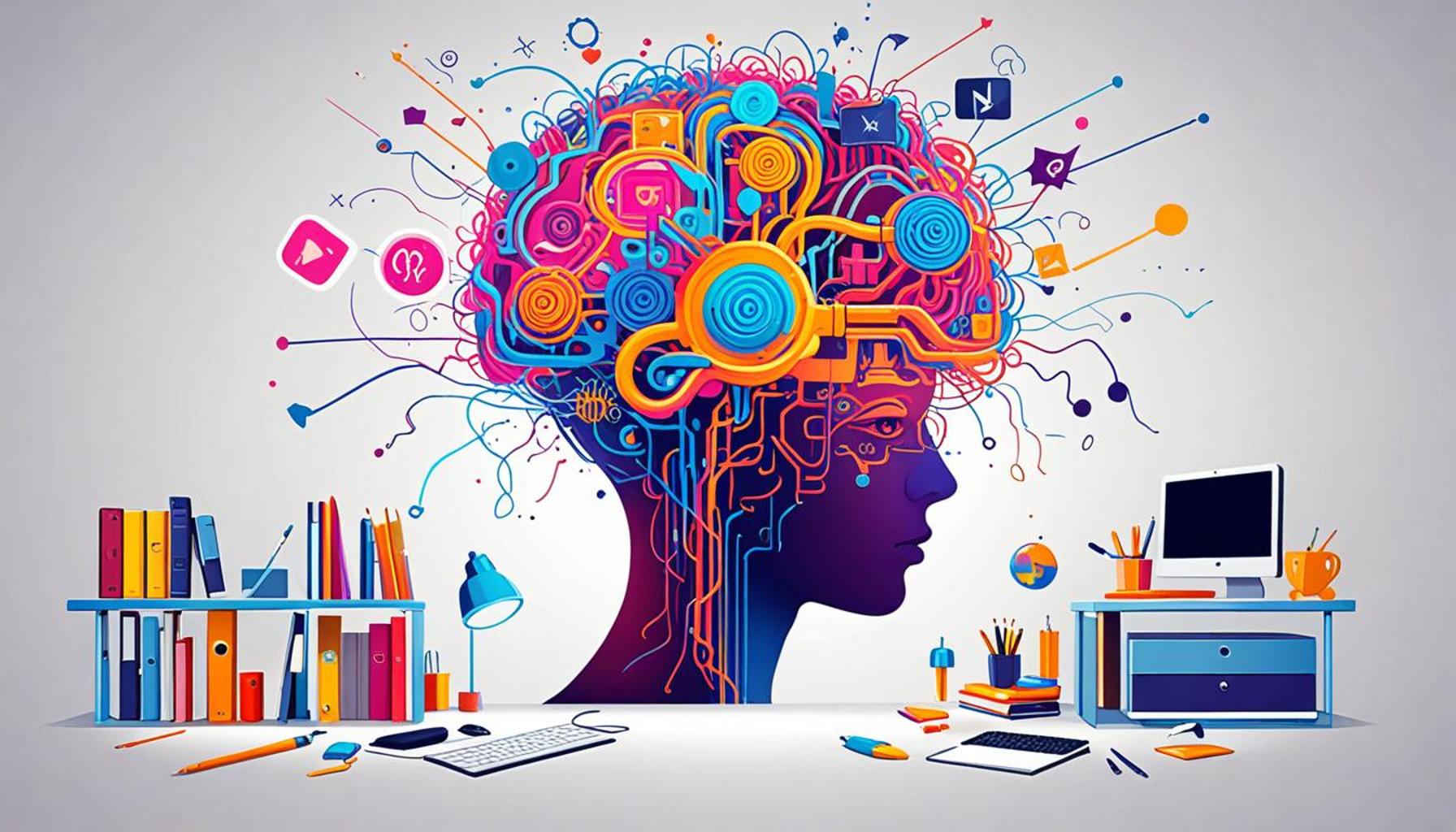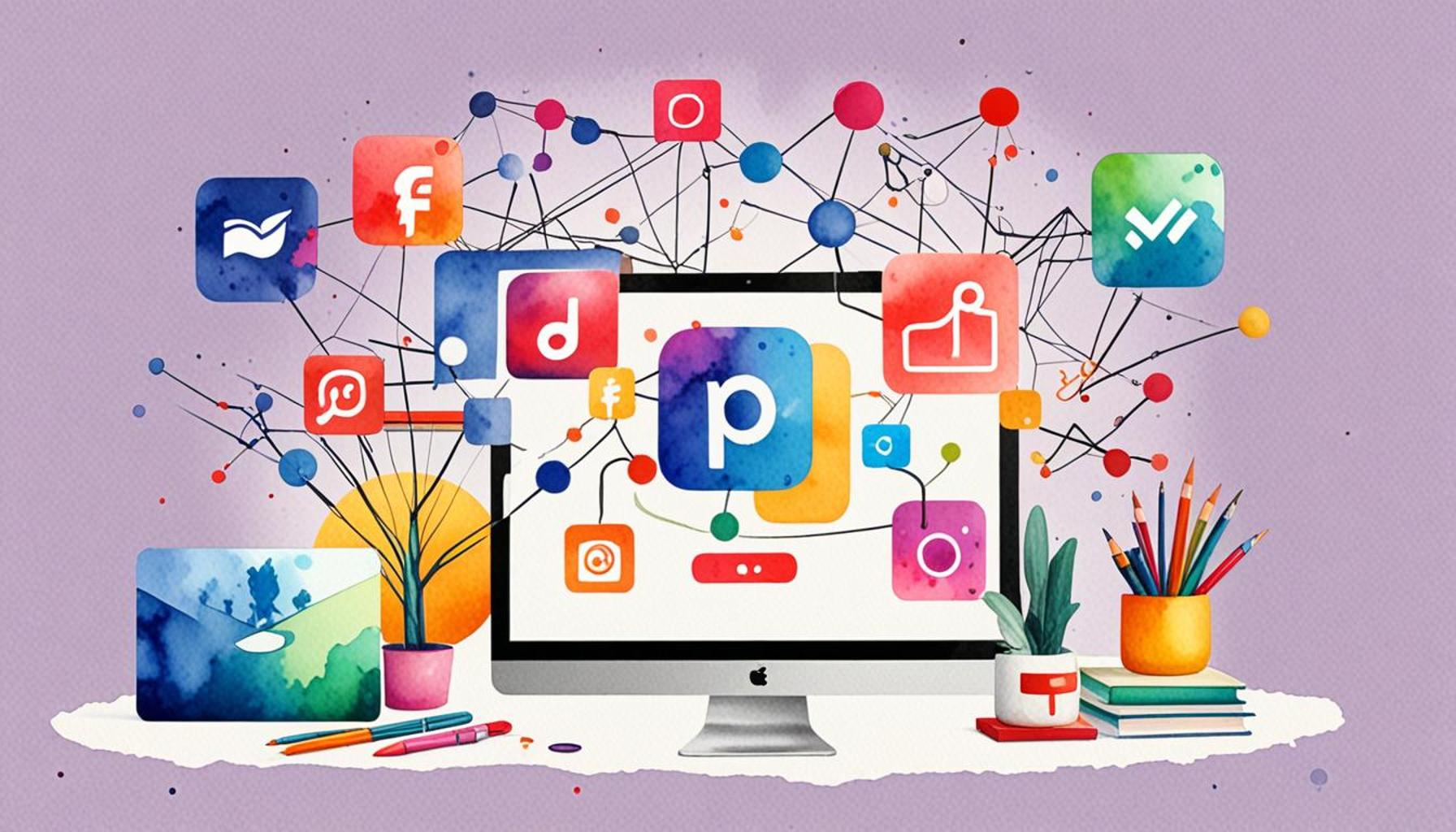How to Create a Minimalist Digital Space: Tips for Organizing Files and Applications
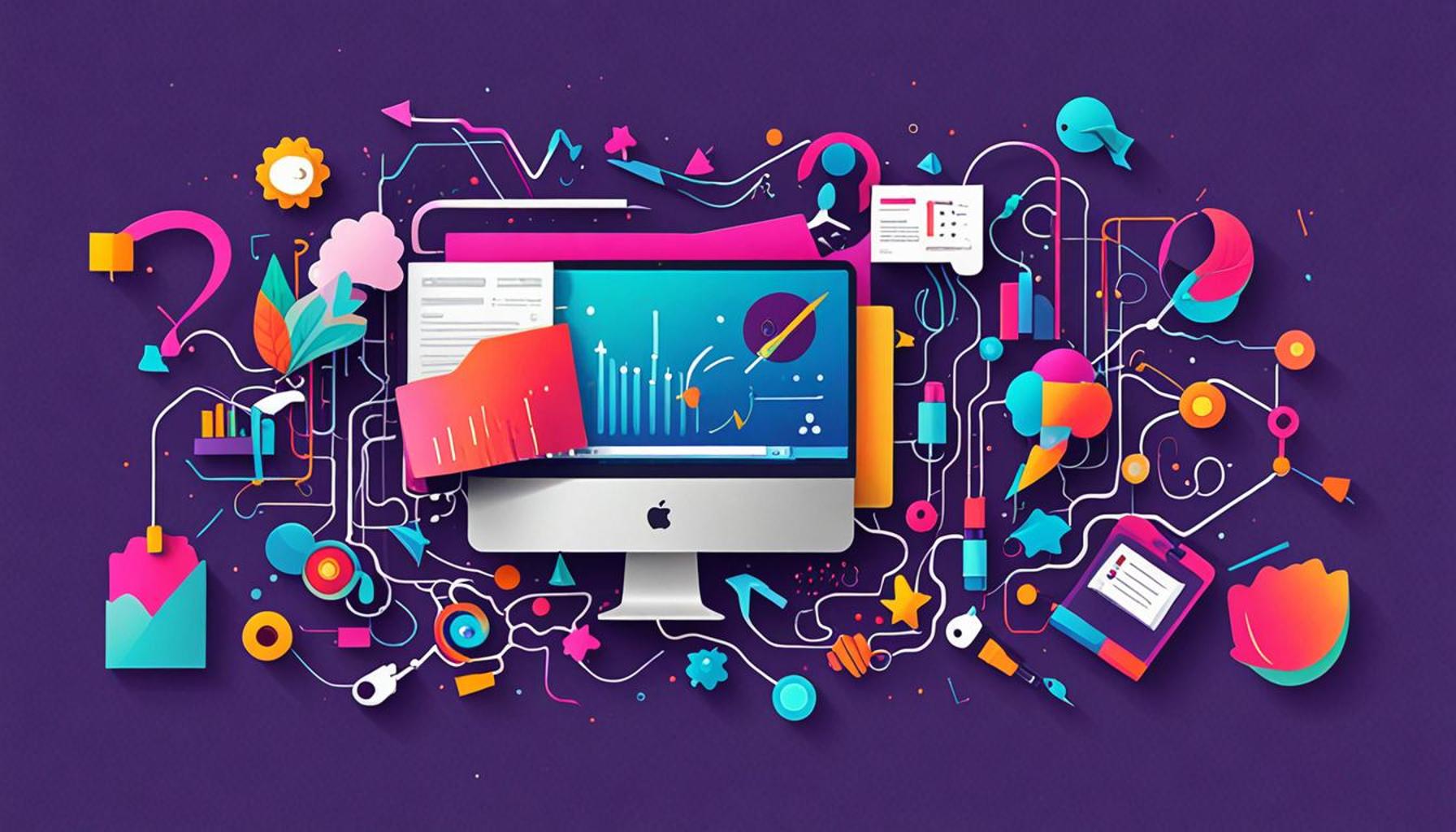
Transforming Your Digital Environment
In our fast-paced, technology-driven era, clutter isn’t just physical; it permeates our digital lives as well. A chaotic digital space, filled with overflowing emails, disorganized files, and distracting apps, can lead to increased stress and decreased productivity. The clutter can overwhelm us, turning mundane tasks into formidable challenges.
Creating a minimalist digital space is not only about reducing the number of icons on your desktop or cleaning out your email inbox. It’s about cultivating an environment that prioritizes clarity and focus. When your online life is streamlined, you can more easily find what you need and concentrate on what truly matters. To achieve this transformation, it’s essential to understand some key components.
- Files: Begin with a systematic approach to organizing your essential documents. Use a consistent naming convention and establish a folder hierarchy that reflects your project categories or deadlines. Tools like Google Drive or Dropbox not only help with storage but also provide robust search functionality. For instance, designating a “2023 Projects” folder can prevent you from sifting through countless random files each time you need a document.
- Applications: The multitude of apps available can quickly turn into a source of distraction. Instead of downloading every new productivity tool, take the time to evaluate the apps you actually need, and delete the ones that don’t serve a purpose. Focus on simplicity by selecting a few robust applications that effectively meet your needs—such as using Trello for project management and Slack for communication. This targeted approach minimizes the cognitive load and enhances productivity.
- Storage: Utilizing cloud services like Google Drive or iCloud not only helps keep your files accessible but also fosters a sense of minimalism. By regularly backing up your files and archiving older documents, you maintain a clean workspace devoid of digital clutter. Remember, according to a 2021 study by McKinsey, organizations can boost productivity by 20-25% with better information management.
Consider the psychological benefits of a cleaner digital space. Research shows that a decluttered environment can enhance mental clarity and focus. For example, a study conducted by the Princeton University Neuroscience Institute found that participants performed better on tasks when surrounded by less clutter. It’s evident that minimalism isn’t simply a trendy lifestyle choice; it can empower individuals to improve their mental well-being and work efficiency.
If you’re ready to transform your digital landscape, consider implementing these practical tips to achieve a harmonious balance in your online life. Decluttering may require time and effort but can lead to lasting benefits, paving the way for a calmer, more organized approach to managing your digital existence.
DISCOVER MORE: Click here to learn how to transform your environment
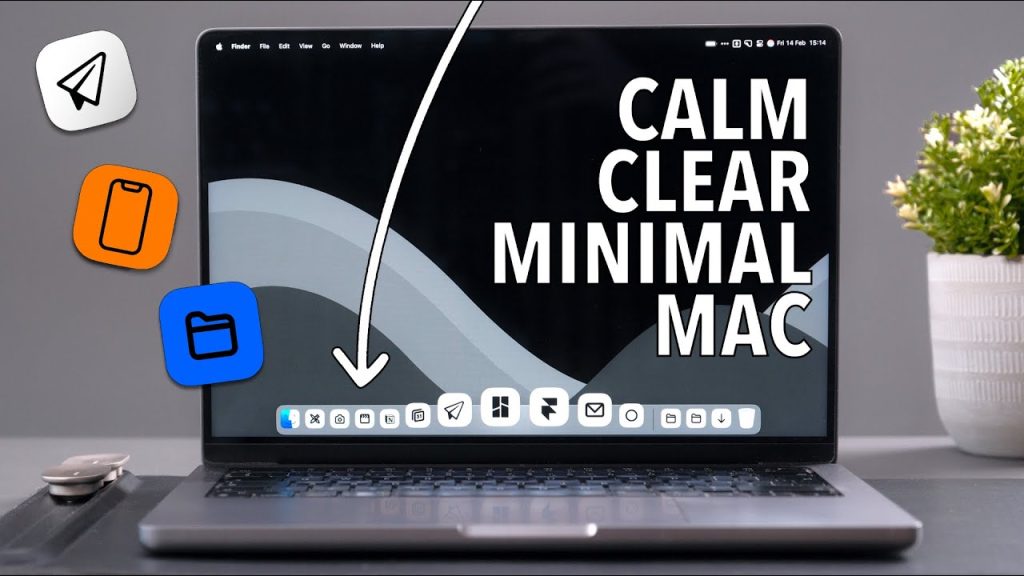
Essential Steps to Declutter Your Digital Life
Creating a minimalist digital space begins with understanding how we currently use our devices and applications. It involves a conscious effort to re-evaluate and reorganize the various elements that fill our screens. To make this process more manageable, you can follow a few essential steps that lead to a more streamlined and efficient digital environment.
Organizing Your Files
One of the most impactful ways to foster a minimalist digital space is by organizing your files systematically. Start by conducting a thorough review of your existing documents and media. Ask yourself, “Do I still need this?” Eliminate unnecessary files to reduce clutter and free up space. The following strategies can aid in organizing your files:
- Create a logical folder structure: Divide your documents into categories that make sense for your work or personal life. For instance, if you’re a freelancer, you may have folders for “Clients,” “Invoices,” and “Projects.” This hierarchy will allow you to find files quickly and easily.
- Implement a consistent naming convention: Use clear and descriptive titles that indicate the contents of the file, including dates or version numbers to ensure easy identification. For example, naming a document “2023_ProjectProposal_ClientXYZ_V1” can eliminate confusion and enhance searchability.
- Utilize sorting features: Most operating systems and cloud services offer sorting options. Utilize filters such as date modified or file type to locate important documents swiftly, which minimizes the time spent searching for needed information.
Streamlining Applications
With the multitude of applications available, it’s easy to accumulate tools that contribute to digital clutter. To reclaim your digital space, consider a critical evaluation of the applications you use. Ask yourself the following:
- Which apps do I genuinely use on a daily or weekly basis? Focus on retaining only those that contribute to your productivity. Frequently used applications like Microsoft Office or Adobe Suite may be indispensable, while less frequently used tools can be eliminated.
- Do I have duplicate apps serving the same purpose? Evaluate if multiple tools overlap in functionality. For example, if you are using both Google Calendar and Apple Calendar, it may be beneficial to choose one and integrate your scheduling within that platform.
- Am I distracted by too many notifications? Turn off notifications for non-essential apps to minimize distractions and allow your attention to remain focused on what truly matters.
By taking these steps to organize your files and streamline your applications, you create a foundation for a minimalist digital space that can enhance your productivity and reduce stress. A well-structured digital environment supports not only efficiency but also mental clarity, making it easier to tackle tasks efficiently.
Streamlining Your Digital Environment
Creating a minimalist digital space goes beyond merely deleting unnecessary files; it’s about establishing an efficient structure that promotes productivity and clarity. Implementing a logical system for organizing files, applications, and digital tools is crucial. Start by categorizing files into well-defined sections, such as “Work,” “Personal,” and “Projects.” This method not only diminishes clutter but also ensures that important documents are easily accessible when needed.
The Power of Folders and Naming Conventions
Using folders and subfolders can significantly enhance your digital experience. For instance, within your “Work” folder, consider creating subfolders for different clients or projects. Coupling this with a uniform naming convention makes finding files effortless. Instead of vague titles, use specific names like “2023_Project_A_Proposal.docx,” which tells you exactly what the document is about, minimizing the time spent searching through documents.
Utilizing Digital Tools for Application Management
With a vast realm of applications available, it’s easy to become overwhelmed. Application management tools such as Trello or Notion can assist in organizing your digital workspace. These platforms allow you to create dashboards that categorize and prioritize tasks, ensuring you have a clear overview of your responsibilities. Not only does this prevent digital chaos, but it also enhances focus by decluttering your application’s interface.
Regular Maintenance and Digital Decluttering
Establishing a habit of regular maintenance will support your minimalist journey. Schedule time weekly or monthly to assess your files and applications. Ask yourself whether you still need certain tools or if there are files that can be archived or discarded. This practice of digital decluttering will keep your digital space organized and prevent the accumulation of unnecessary items.
Advantages of a Minimalist Digital Space
| Category | Benefits |
|---|---|
| Enhanced Focus | Clear spaces allow for fewer distractions, promoting better productivity. |
| Improved Efficiency | Easier access to essential files and applications saves time and reduces frustration. |
By prioritizing organization, you cultivate not only a cleaner workspace but also a more productive mindset. Embracing these tips can have a substantial impact on your digital life, encouraging efficiency and clarity that benefits both personal and professional pursuits.
DIVE DEEPER: Click here to learn more
Enhancing Your Digital Workflow
Once you have streamlined your files and applications, the next step in creating a minimalist digital space involves enhancing your digital workflow. This aspect focuses on efficiency and simplicity, allowing you to maximize productivity while minimizing digital distractions.
Use Cloud Storage Wisely
Leveraging cloud storage can significantly contribute to a minimalist digital environment. By storing files in the cloud, you free up local storage space and maintain an organized, accessible repository of your most important documents. Here are some strategies to consider:
- Select reputable cloud services: Choose reliable cloud storage providers like Google Drive, Dropbox, or OneDrive that offer ample space and ensure security. Familiarize yourself with their organization tools and file-sharing capabilities to exploit their full potential.
- Establish a routine for syncing: Regularly synchronize your local files with your cloud storage to maintain an up-to-date backup. This practice not only safeguards your files but also helps keep your workspace uncluttered as you can manage files directly from the cloud without storing them locally.
- Implement access controls: If you collaborate frequently, manage permissions carefully. This not only reduces the risk of unauthorized access but also maintains a cleaner file structure, as you can limit visibility to only essential documents.
Sorting Emails Efficiently
Your email inbox is often a significant source of digital clutter. An organized email system contributes to a minimalist digital space. Here’s how to maintain email efficiency:
- Utilize folders and labels: Much like your files, use folders or labels to categorize and sort emails. Creating sections for “Work,” “Personal,” and “Important” can speed up the time spent sorting and responding to messages.
- Unsubscribe from newsletters and mailing lists: Regularly audit your subscriptions and eliminate those that no longer serve your interests or benefit you. Additionally, consider using email management tools or services that simplify unsubscribing.
- Implement email rules and filters: Most email providers allow you to set rules that automatically sort incoming emails into designated folders. For instance, you can direct all emails from a specific sender straight into a project folder, reducing inbox clutter and enabling easier access to relevant discussions.
Embracing Minimalism in Digital Devices
Your minimalist digital space isn’t confined solely to files and applications; it also encompasses the devices you use. Here are some suggestions to optimize your digital tools:
- Limit your devices: Evaluate whether you need multiple devices for specific tasks. Streamlining to a single computer, tablet, or smartphone per function can lessen distractions and create a more cohesive work environment.
- Optimize your desktop: Keep the desktop clear of unnecessary icons. Utilize a digital wallpaper that evokes inspiration while maintaining clarity and minimalism. A clean desktop setup encourages focus and productivity.
- Regularly update and maintain devices: Ensure your software is up-to-date to benefit from improved features and security. Regularly delete unused applications and files to maintain optimal performance and functionality.
By enhancing your digital workflow through strategic cloud storage, efficient email sorting, and device optimization, you lay the groundwork for a well-organized and minimalist digital space. This level of organization not only elevates your technological experience but also cultivates mindfulness in your interactions with the digital world.
DISCOVER MORE: Click here to dive deeper
Conclusion: Embracing a Minimalist Digital Space
Creating a minimalist digital space is not merely about decluttering your files and applications; it is a comprehensive approach to enhancing your productivity and peace of mind within the digital realm. By systematically organizing your documents, implementing efficient email management techniques, and streamlining your devices, you unlock the potential for a more focused and mindful interaction with technology.
As you embark on this journey, remember that simplicity is key. Utilizing tools like cloud storage can help you maintain an organized digital library while ensuring that your most important documents are always accessible. Efficient email sorting will reduce the overwhelm of an overflowing inbox, allowing for quicker response times and better overall communication.
Moreover, by consolidating the devices you use and optimizing your digital setup, you cultivate an environment that fosters creativity and productivity. A clean desktop and updated software not only enhance your workflow but also safeguard your digital space against unnecessary distractions.
Ultimately, adopting a minimalist approach to your digital life opens the door to greater focus and efficiency. It invites you to engage with technology in a mindful way, allowing you to prioritize what truly matters. As you implement these strategies, you will not only enhance your organizational skills but also cultivate a sense of control over your digital existence, paving the way for a more fulfilling and purposeful online experience. Dive into this process, and discover how a minimalist digital space can transform your life!
